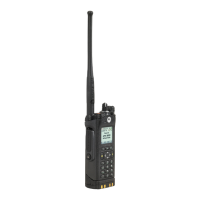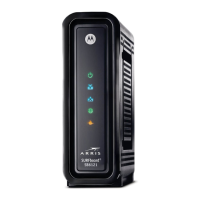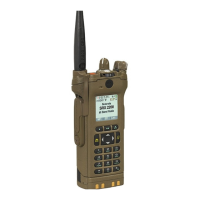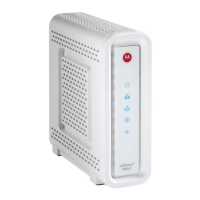• If the new channel is also preprogrammed for
Emergency, you can change channels while in
Emergency operation. The emergency alarm or call
continues on the new channel.
• If the new channel is not preprogrammed for
Emergency, the display shows No emergency, and you
hear an invalid tone until you exit the Emergency state
or change to a channel preprogrammed for Emergency.
Emergency Keep-Alive Feature
NOTE:
The radio only exits the Emergency state using one
of the ways mentioned in the previous sections.
See Sending an Emergency Alarm on page 103,
Sending an Emergency Call (Trunking Only) on
page 103, Sending an Emergency Alarm with
Emergency Call on page 104, or Sending a Silent
Emergency Alarm on page 105.
Fireground
The portable Fireground Communications System is
designed for deployment at an incident scene. It consists of
five central components:
• Your APX portable radios
• Incident Management Software
• Command Terminal
• Radio Frequency (RF) Modem (Conventional Only)
• Control Channel Radio (Trunking)
• Optional Data Radio (Trunking)
• Accountability Server (Trunking)
• DVRS (Optional)
These components provide on-scene and inbuilding radio
coverage, and enhanced personnel accountability and
monitoring.
The radio helps to indicate your presence on the scene if it
is in the range of the Incident Commander command
terminal, or trunking radio system.
Each Fireground Communication System radio
automatically reports your radio ID on the commander
mobile command terminal. Your name, riding position and
sector are all can be configured to be seen at the
Commander’s command terminal.
If you have a critical situation, you can press the
Emergency button which activates an alarm on the Incident
Management Software at the command terminal.
English
106 Send Feedback

